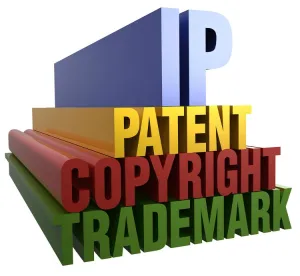On July 25, 2017, the United States Patent and Trademark Office (USPTO) issued Patent Eligible Subject Matter: Report on Views and Recommendations From the Public (Report). The Report summarizes public comments on the state of subject matter eligibility law. Comments came from varied sources including industry, private practice, academia, trade associations, inventors, and small business.
After beginning with an overview of eligibility law in the U.S. and abroad, the Report summarizes the comments supportive and critical of the Supreme Court’s Bilski, Mayo, Myriad, and Alice decisions regarding subject matter eligibility. It polls opinions from the two most-impacted technology sectors, and reviews recommendations on how to move forward.
Views supportive of the Court’s decisions emphasized the impact they have had on industry. These viewed the jurisprudence as the common law process at work, and welcomed the Federal Circuit’s continued development of the law. Supporters believed that the Mayo/Alice test presented the appropriate standard for patentability, and that other statutory provisions were insufficient to prevent broad claims. They pointed out that the test helps solve the preemption problem by requiring claiming ways to achieve a result rather than the result itself. This is seen as an effective tool in litigation against patent trolls. Some feel that it may provide American businesses an advantage over foreign counterparts.
Critics focused on the legal aspects of the Court’s decisions, believing them to be flawed, based on misinterpretations of precedent, and potentially unconstitutional. The exceptions, they claim, are overly broad and result in uncertainty for the public and inconsistency in Examiner decisions. In their view, the decisions conflate patentability with other statutory provisions which are better suited to deal with overly-broad claims. They believe that the decisions stifle innovation, hurt business, and place the U.S. at a disadvantage relative to nations which provide broader protection.
Members of the life sciences industry were particularly vocal in their criticisms of the decisions, pointing out that natural products “form the basis for many biopharmaceutical innovations,” and that research in the sector often spans decades and costs billions of dollars. Representatives of the computer industry were more divided in their impressions, with some feeling that the Court’s decisions effectively dealt with patent trolls while others were concerned at the potential devaluation of entire portfolios.
Public recommendations were varied. Some advised that allowing the courts to continue developing the law is the best course of action. Others thought that additional guidance from the USPTO might be helpful. The majority believed that legislative solutions were required and suggested potential statutory reforms.
While the Report stays on well-tread ground, its publication demonstrates the importance of the issue it discusses. The USPTO does not make a habit of issuing such in-depth analysis, and the collection of public comments shows that those affected are very invested in the issue. While there may not be a single solution to the identified problems, the Report serves as a comprehensive resource to whichever entity decides to tackle them—be it the courts, the USPTO, or Congress.




 />i
/>i

